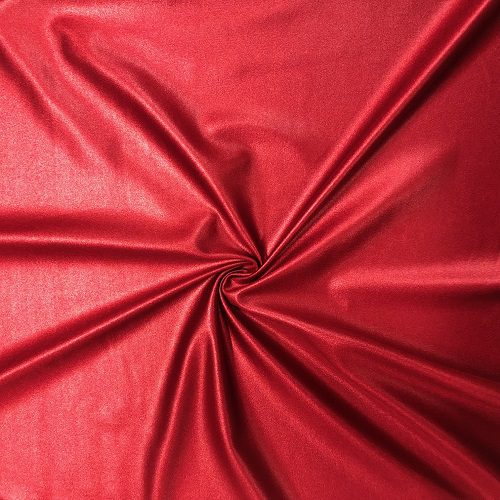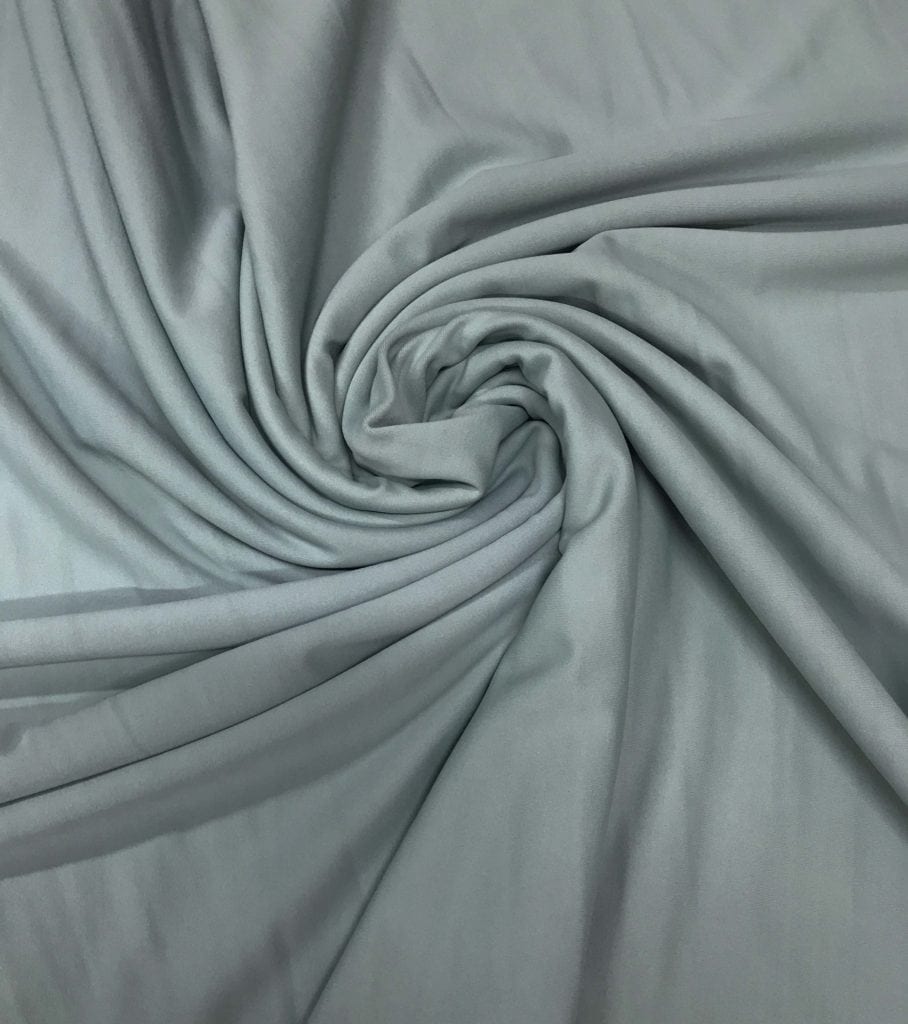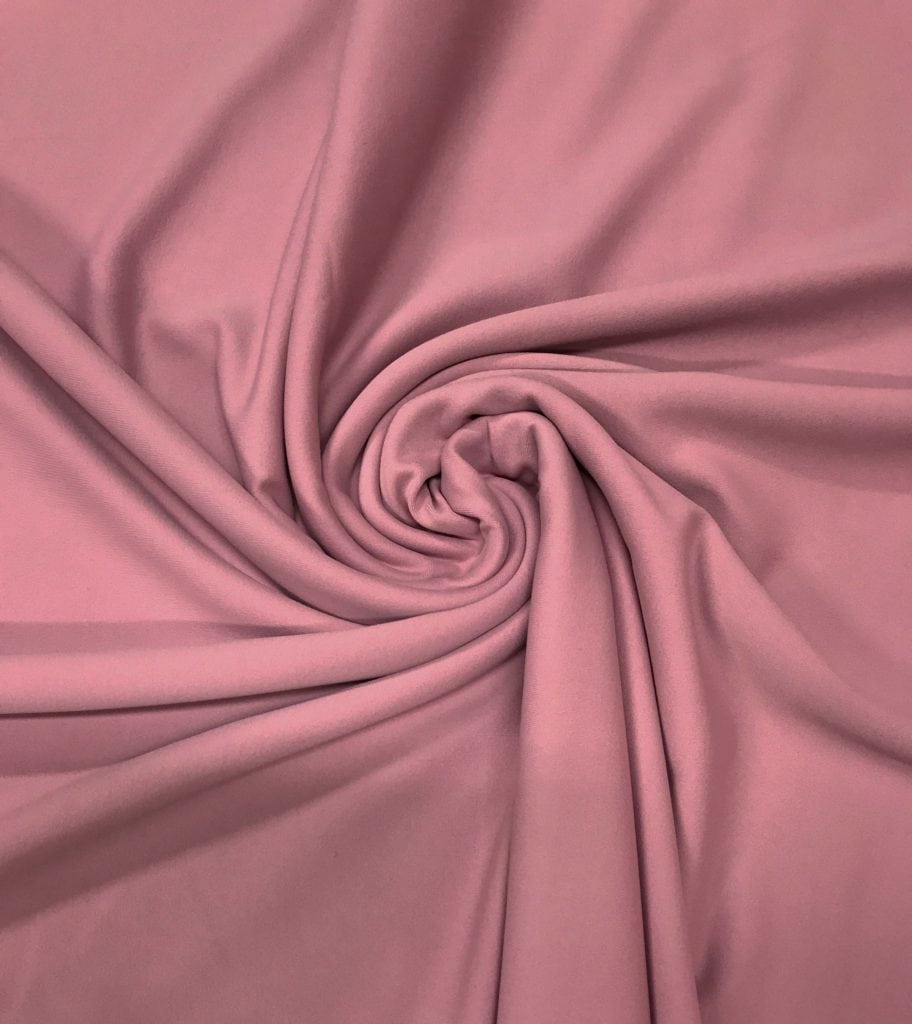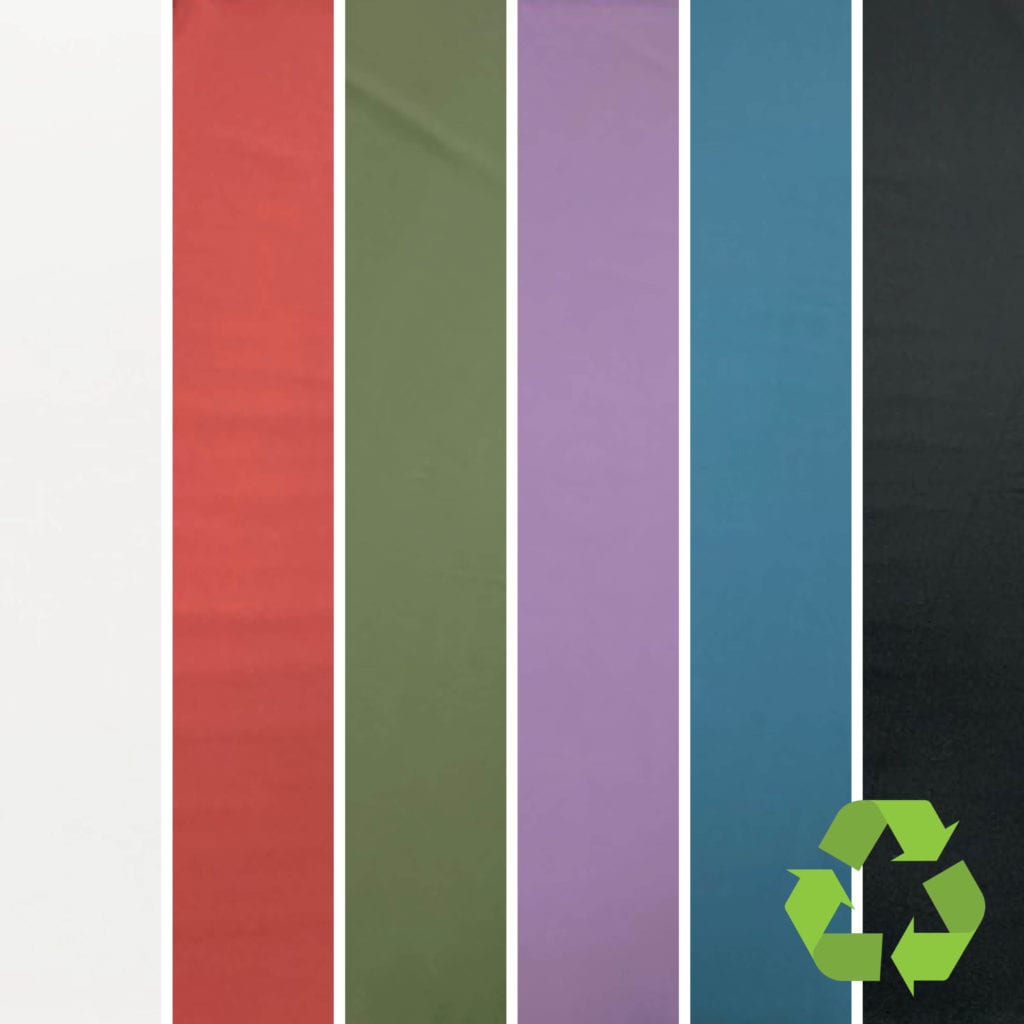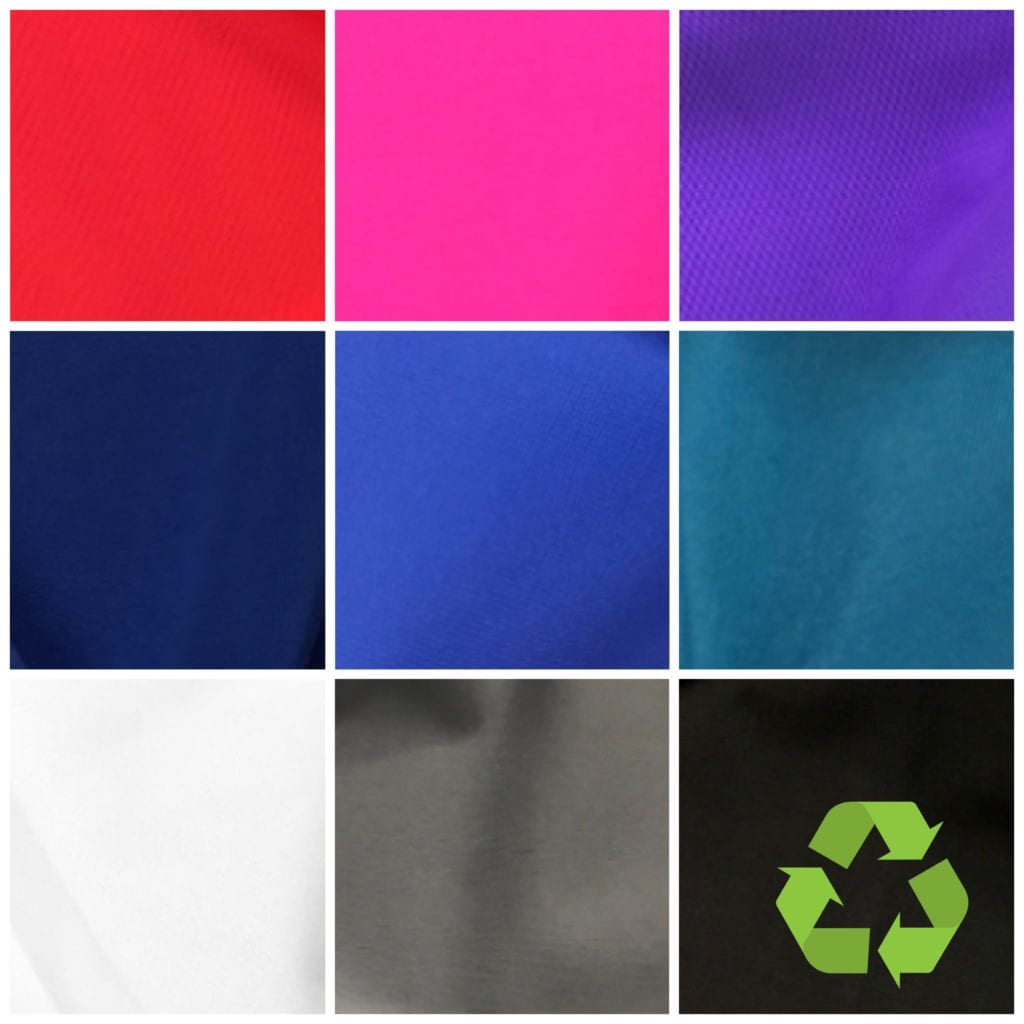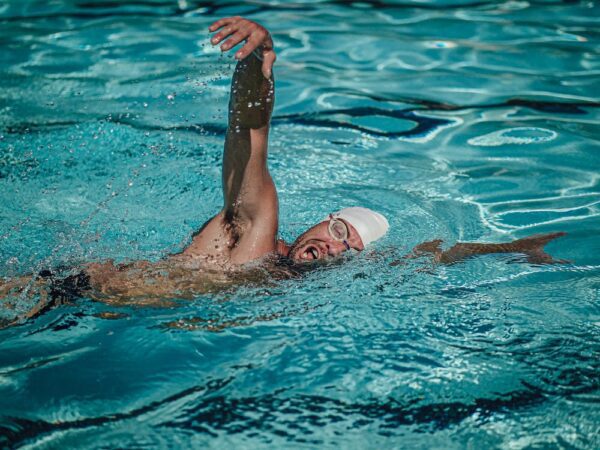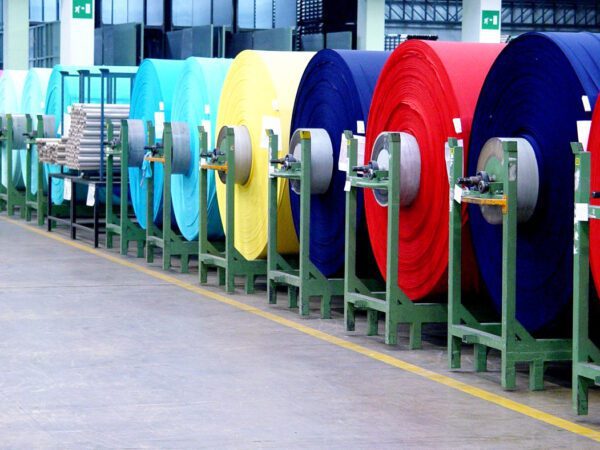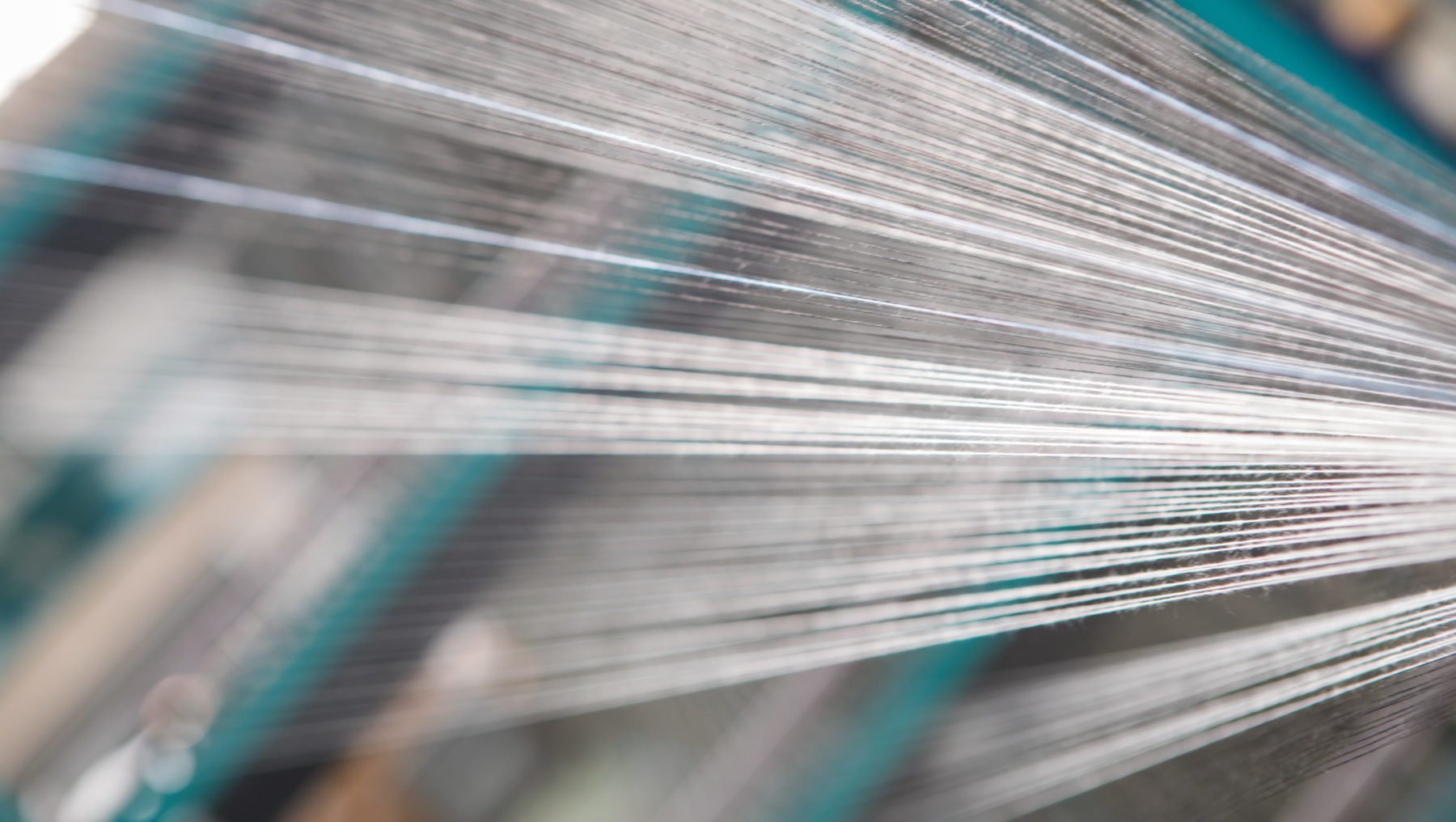
Polyester vs. Polyurethane
How are Polyester and Polyurethane made? What is the difference between the two?
There are many different types of synthetic fibers used for a variety of applications. Polyester and Polyurethane may be similar but are quite different. First, let’s explore one of the big differences. Each of these fibers is made from a different polymer, repeating units of molecules, also known as, plastic. The American Chemistry Council explains the definition of polymers as such:
“[R]epeating units are often made of carbon and hydrogen and sometimes oxygen, nitrogen, sulfur, chlorine, fluorine, phosphorous, and silicon. To make the chain, many links or ‘-mers’ are chemically hooked or polymerized together. Linking countless strips of construction paper together to make paper garlands or hooking together hundreds of paper clips to form chains, or stringing beads helps visualize polymers.”
Polymers are formed through an intense chemical process of heating and cooling atoms and compounds. Once a polymer is created, it can be transformed into different fibers, or filaments, depending on the final product. Now that we understand a little bit more about what polymers are and how they’re created, let’s better understand the difference between these two fibers beyond the polymer stage.
Polyurethane (PU)
Polyurethanes (PU) can be produced in four different forms: elastomers, coatings, flexible foams, and cross-linked foams. The largest market for PU is foam cushions used in furniture cushions, sponges, and packaging. At Pine Crest Fabrics, we use elastomers in many of our fabrics, also known as spandex. Spandex contains at least 85% Polyurethane. Scientists found that Polyurethanes could be made into fine threads, and combined with other fibers to make the fabric stretchier. Once the PU fiber is made into elastomers, it goes through a quality control check before production.
Polyester
Polyester is a chemical term that can be broken into poly, meaning many, an ester, a primary organic chemical compound. It can be made into four different fibers; filament, staple, tow, and Fiberfill. The fabrics that PCF carries are a staple form, which happens after the polymer is made. The filaments are cut short to mix with other fibers, such as spandex. According to How Products are Made, Polyester staple fiber goes through a drawing tow, crimping, setting, and cutting process before blending with any other fibers.
Recycled REPREVE® Polyester
Another fiber that has been gaining popularity over the years is the Recycled REPREVE Polyester fiber. PCF carries a wide collection of REPREVE recycled polyester fabrics. The fiber is made from recycled plastic water bottles. The process involves cutting the plastic bottles down into small chips and then melting them into a polymer. After the polymer is formed, it’s then fed to the spinnerette to create the recycled yarn. Take a look below. This short video looks at how recycled REPREVE polyester yarn is made.
PCF carries polyester fabrics that are mixed with spandex to provide a comfortable stretchy feel. Polyurethane plays a considerable role in how spandex is made. Our polyester spandex fabric blends contain Polyurethane. Polyester and PU fibers are made into high-performing fabrics for any activewear market. Properties include comfortability, stretch qualities, compression, easy garment care, and perfect fit.
Many Pine Crest Fabrics are sustainably certified through OEKO-TEX, Bluesign, and Higg Index to ensure that there are no harmful chemicals involved in the process. Please contact your Fabric Specialist or check out our sustainable practices page to learn more.






